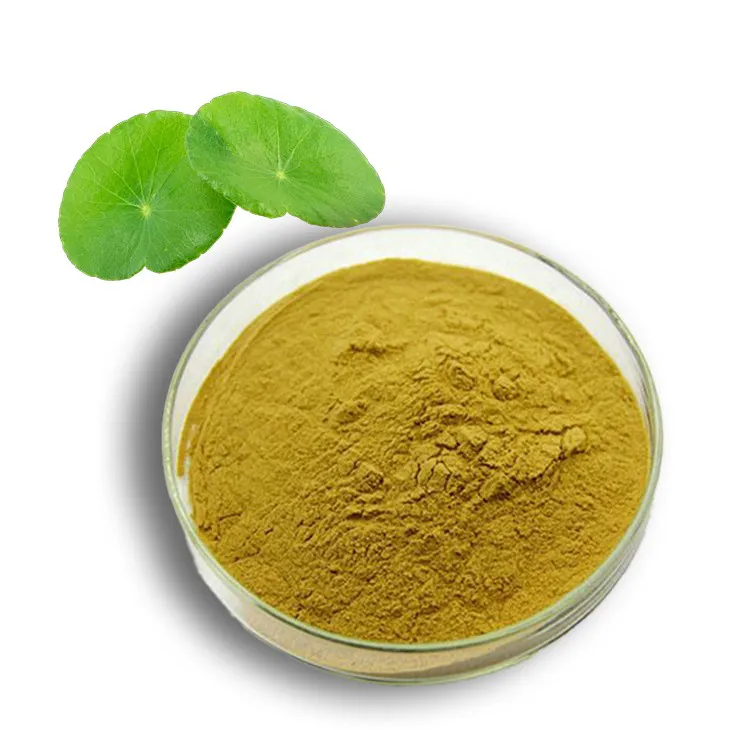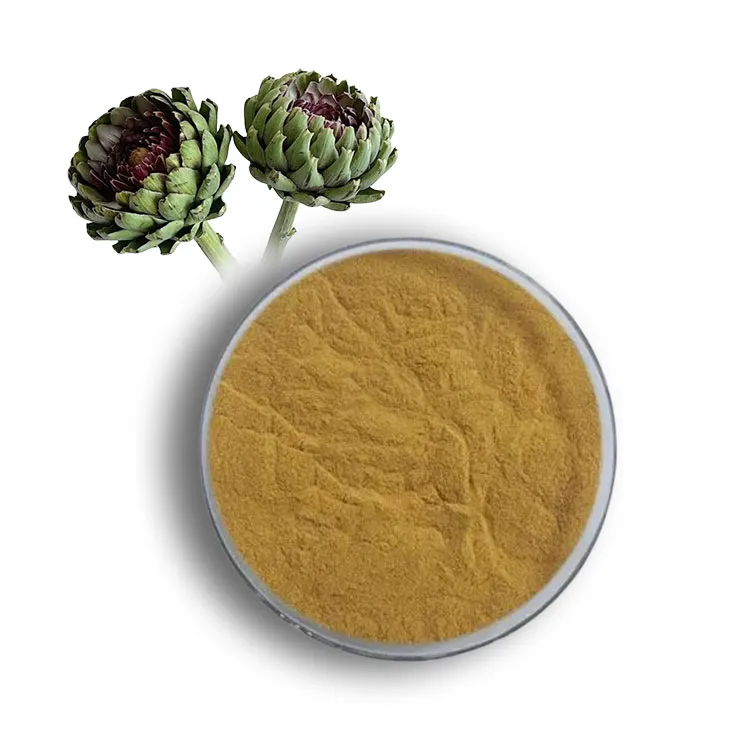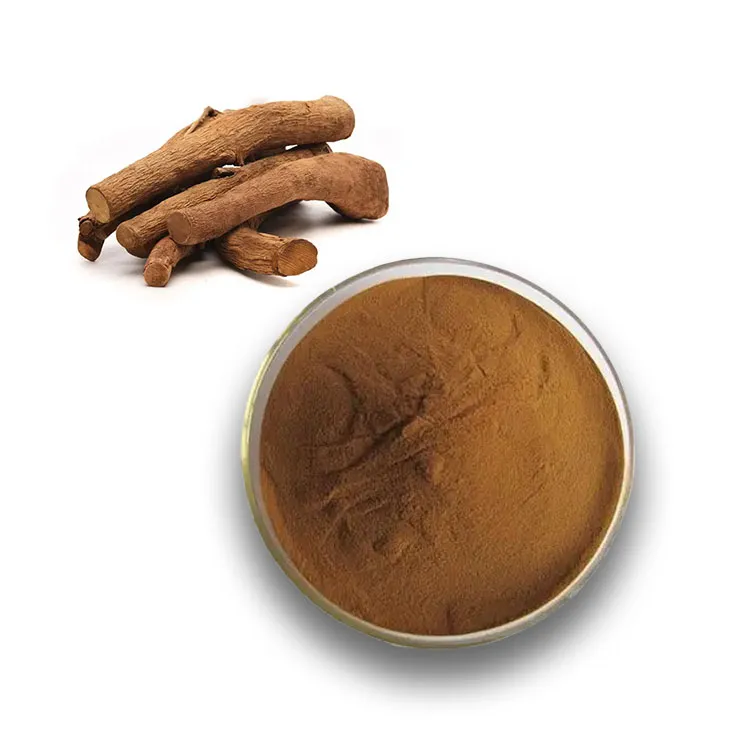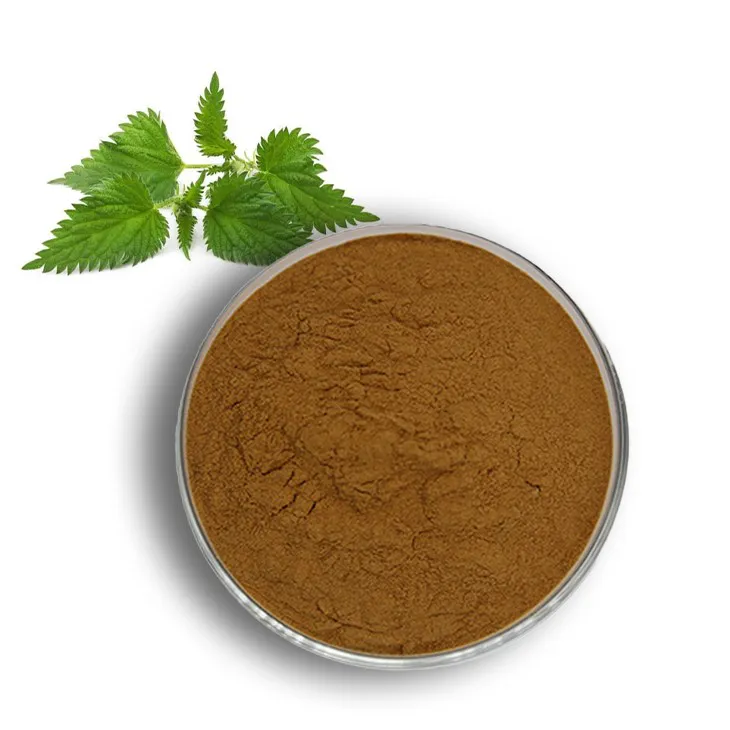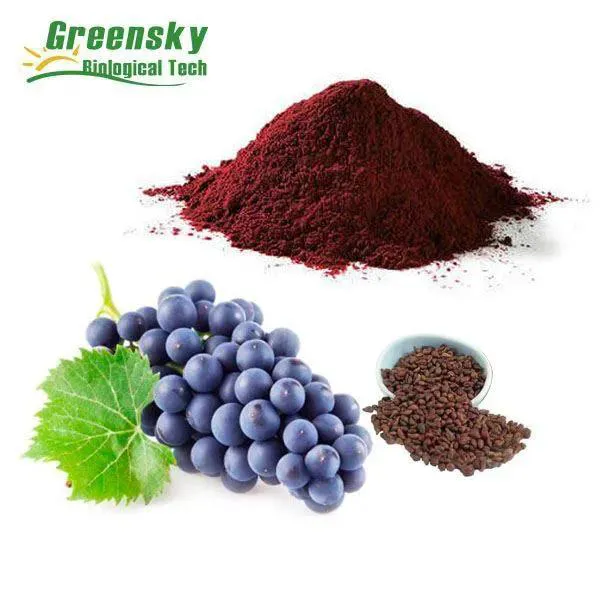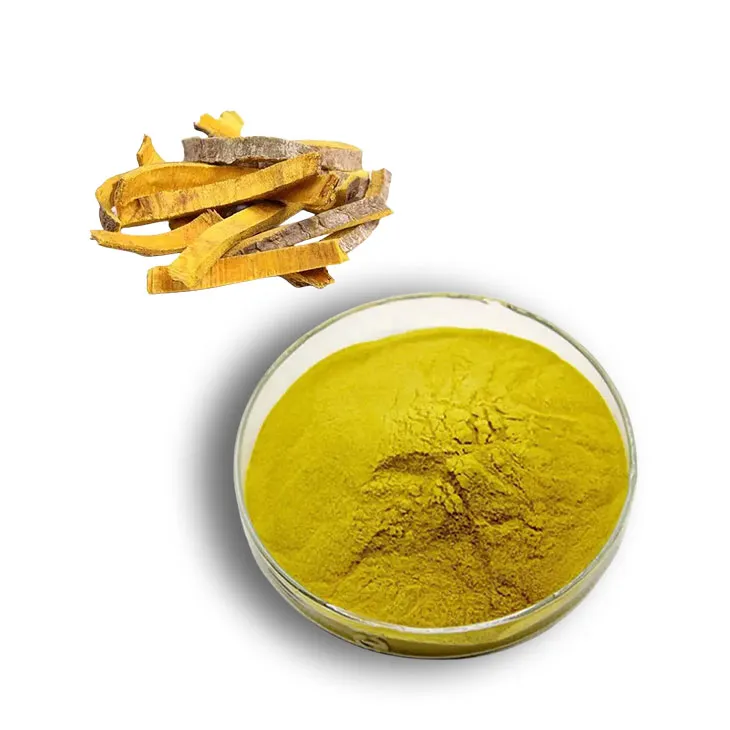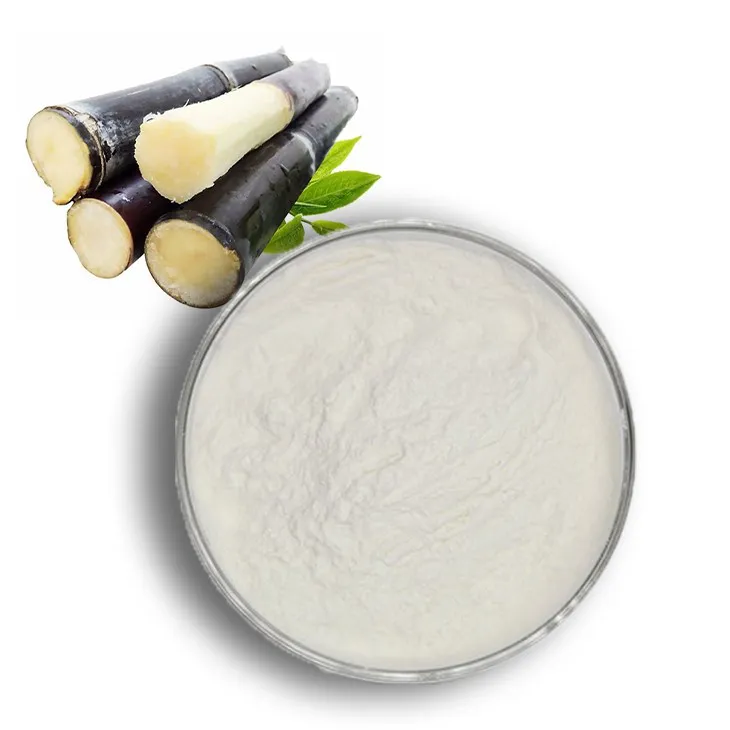- 0086-571-85302990
- sales@greenskybio.com
An In-depth Exploration of Red Yeast Rice Powder: Uses, Benefits, and Considerations
2025-10-25

Red yeast rice powder has become a popular topic in health and nutrition circles, particularly for its purported benefits in managing cholesterol levels. This traditional Chinese food and medicinal product has been used for centuries, not only as a culinary ingredient but also as a natural remedy. In recent decades, red yeast rice has gained attention in the Western world as a dietary supplement. This article takes an in-depth look at red yeast rice powder, exploring its origins, biochemical constituents, potential health benefits, and the considerations to bear in mind when incorporating it into a health regimen.
What is Red Yeast Rice Powder?
Red yeast rice is produced through the fermentation of white rice with the yeast fungus Monascus purpureus. During the fermentation process, the rice is colonized by the yeast, resulting in a red coloration and the production of various bioactive compounds, including monacolins. Monacolin K, chemically identical to the active ingredient in the cholesterol-lowering drug lovastatin, is the most prominent among these compounds and plays a critical role in red yeast rice's health effects. Red yeast rice is typically ground into a fine powder, which can be used as a dietary supplement or an ingredient in traditional recipes.
Historical and Cultural Significance:
Red yeast rice boasts a rich history in Eastern Asia, particularly in Chinese culinary and medicinal traditions. It has been used as a food coloring and preservative in various dishes, imparting a red hue and enhancing flavor. Medicinally, red yeast rice has been utilized in traditional Chinese medicine for its digestive and circulatory health benefits. Its historical applications extend to promoting blood circulation, supporting spleen health, and relieving gastrointestinal distress.
Health Benefits and Mechanisms:
The primary health benefit attributed to red yeast rice powder is its potential to lower cholesterol levels. This effect is mainly due to monacolin K, which inhibits the enzyme HMG-CoA reductase, a critical enzyme involved in cholesterol synthesis in the liver. By reducing the production of cholesterol, particularly low-density lipoprotein (LDL) cholesterol, red yeast rice may help decrease the risk of cardiovascular diseases.
Beyond cholesterol management, red yeast rice is also studied for its antioxidant properties. The fermentation process produces several flavonoids and other antioxidant compounds that can help combat oxidative stress and reduce inflammation. These properties contribute to the overall cardiovascular benefits and may offer protective effects against various chronic conditions linked to oxidative damage.
Clinical Studies and Evidence:
Several clinical studies have documented the cholesterol-lowering effects of red yeast rice. A meta-analysis of randomized controlled trials found that red yeast rice supplementation significantly reduced levels of total cholesterol, LDL cholesterol, and triglycerides, while modestly increasing high-density lipoprotein (HDL) cholesterol. These findings highlight its potential as an alternative or complementary therapy for individuals with hyperlipidemia, especially those intolerant to conventional statins.
Moreover, some studies suggest that red yeast rice may offer additional cardiovascular benefits beyond cholesterol reduction, including improved endothelial function and reduced markers of inflammation. However, while the preliminary results are promising, more extensive and long-term studies are necessary to fully understand the broader implications and safety of red yeast rice supplementation.
Dosage and Usage:
Red yeast rice powder is available in various forms, including capsules, tablets, and bulk powder, for use as a dietary supplement. The recommended dosage varies depending on the product's monacolin K content, and it is important to follow the manufacturer's guidelines or consult a healthcare professional. Typical dosages that have been studied in clinical trials range from 600 to 2,400 mg per day.
Red yeast rice supplements are generally recommended for individuals with mild to moderately elevated cholesterol levels or those seeking a natural approach to cholesterol management. It is essential to combine supplementation with a balanced diet, regular physical activity, and other lifestyle modifications to achieve optimal results.
Potential Risks and Considerations:
Despite its natural origin, red yeast rice is not without risks and side effects. The presence of monacolin K means that red yeast rice can elicit effects similar to prescription statins, including muscle pain, liver enzyme alterations, and interactions with other medications. Additionally, the quality and composition of red yeast rice supplements can vary significantly between manufacturers, with some containing citrinin, a potentially toxic byproduct of fermentation.
To mitigate risks, consumers are advised to select high-quality products from reputable brands that provide detailed information about monacolin K content and test for contaminants. Consulting with a healthcare provider before starting red yeast rice supplementation is especially crucial for individuals with pre-existing health conditions, pregnant or breastfeeding women, and those taking medications.
Regulatory and Quality Concerns:
The regulation of red yeast rice supplements poses unique challenges. In the United States, the Food and Drug Administration (FDA) has grappled with classifying red yeast rice, given its medicinal potential and overlap with prescription statins. Due to this regulatory gray area, it is vital for consumers to approach red yeast rice with caution, recognizing that not all products meet safety and efficacy standards.
Conclusion:
Red yeast rice powder presents an intriguing blend of traditional wisdom and modern nutraceutical potential. While it offers a promising option for managing cholesterol levels and supporting cardiovascular health, consumers must navigate the associated risks and regulatory challenges with care. Those considering red yeast rice supplementation should prioritize product quality and consult healthcare professionals to ensure safety and compatibility with their health needs. As research continues to advance, red yeast rice may emerge as an integral component of integrative approaches to cholesterol management and overall health enhancement.
Visit Greenskybio.com, a great article source where you can learn about Supplements and their health benefits, you also can get the latest food Supplements. Green Sky Bio provides the best extracts and supplements. It is a Chinese self-developed brand that is trustworthy! Welcome to email us to inquire about our products.
- ▶ Hesperidin
- ▶ Citrus Bioflavonoids
- ▶ Plant Extract
- ▶ lycopene
- ▶ Diosmin
- ▶ Grape seed extract
- ▶ Sea buckthorn Juice Powder
- ▶ Fruit Juice Powder
- ▶ Hops Extract
- ▶ Artichoke Extract
- ▶ Mushroom extract
- ▶ Astaxanthin
- ▶ Green Tea Extract
- ▶ Curcumin
- ▶ Horse Chestnut Extract
- ▶ Other Product
- ▶ Boswellia Serrata Extract
- ▶ Resveratrol
- ▶ Marigold Extract
- ▶ Grape Leaf Extract
- ▶ New Product
- ▶ Aminolevulinic acid
- ▶ Cranberry Extract
- ▶ Red Yeast Rice
- ▶ Red Wine Extract
-
Centella Asiatica Extract
2025-10-25
-
Artichoke Leaf Extract
2025-10-25
-
Tongkat Ali Extract Powder
2025-10-25
-
Nettle Root Extract
2025-10-25
-
Curcumin
2025-10-25
-
Grape Seed Extract
2025-10-25
-
Nutmeg Extract
2025-10-25
-
Phellodendron Extract
2025-10-25
-
Sugarcane Extract
2025-10-25
-
Diosmin
2025-10-25











